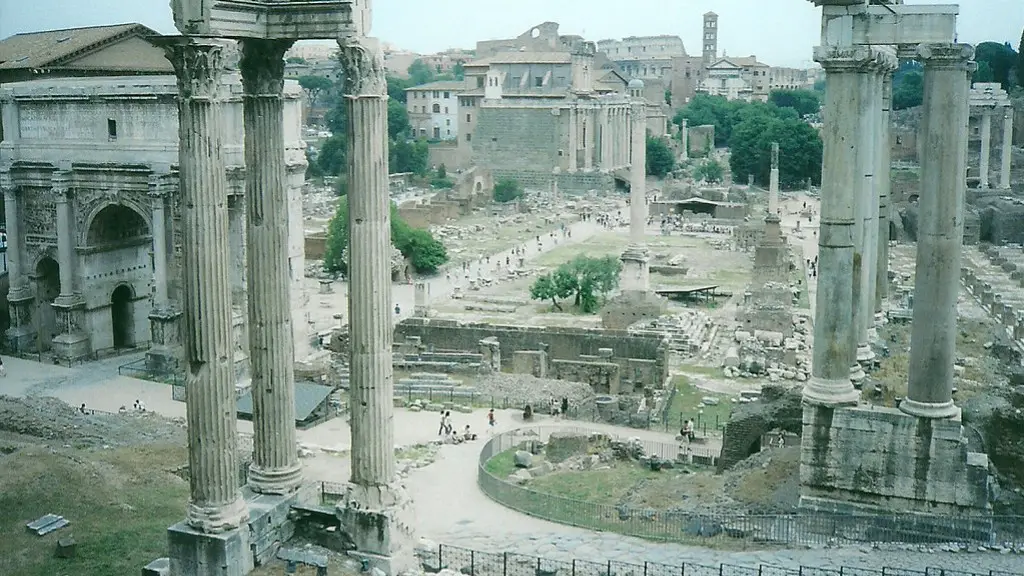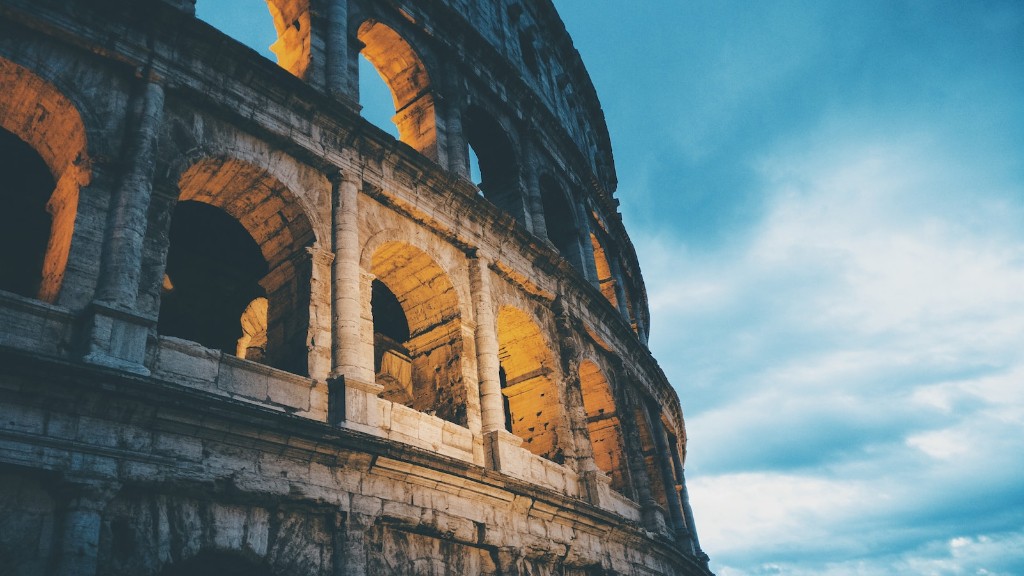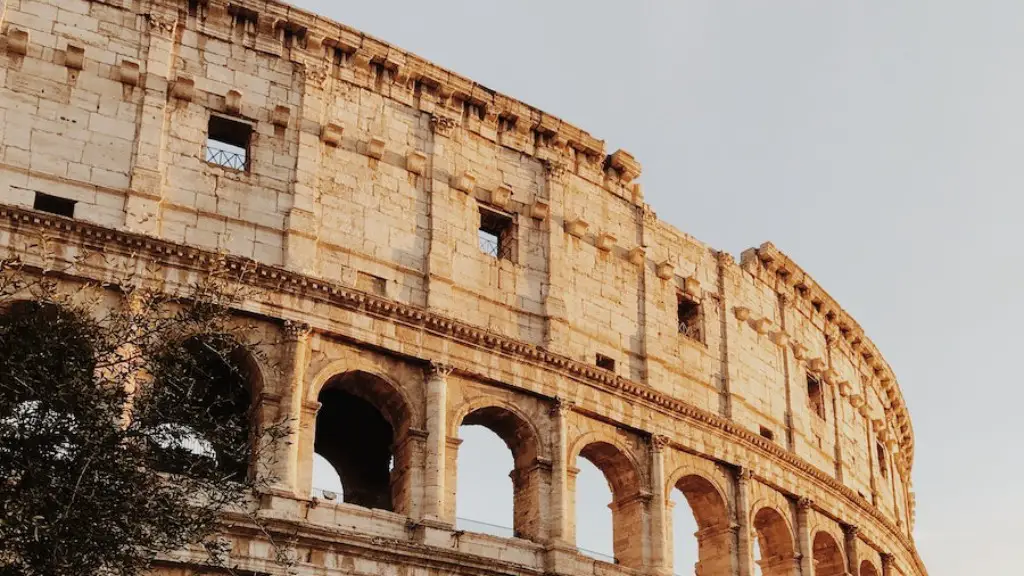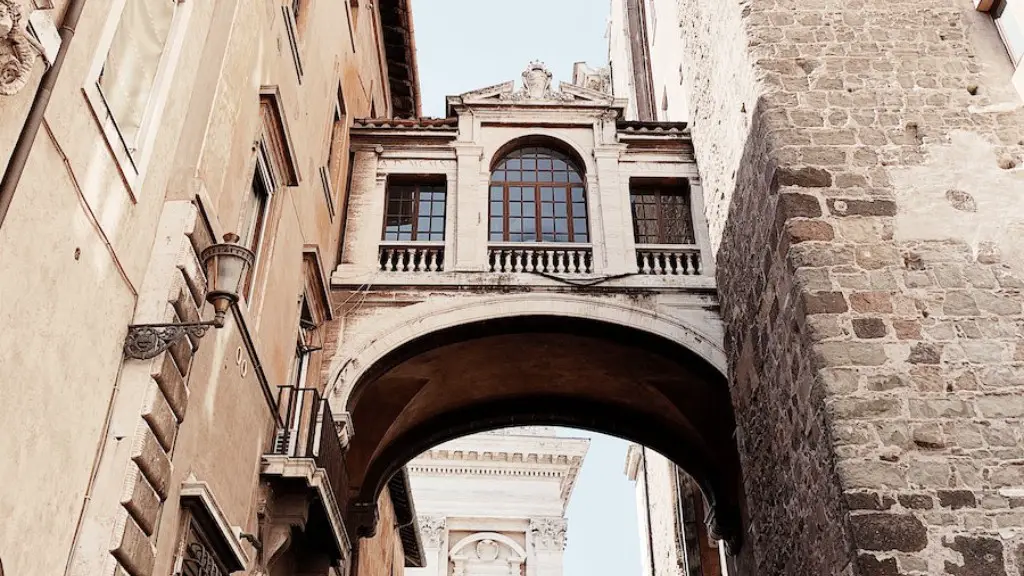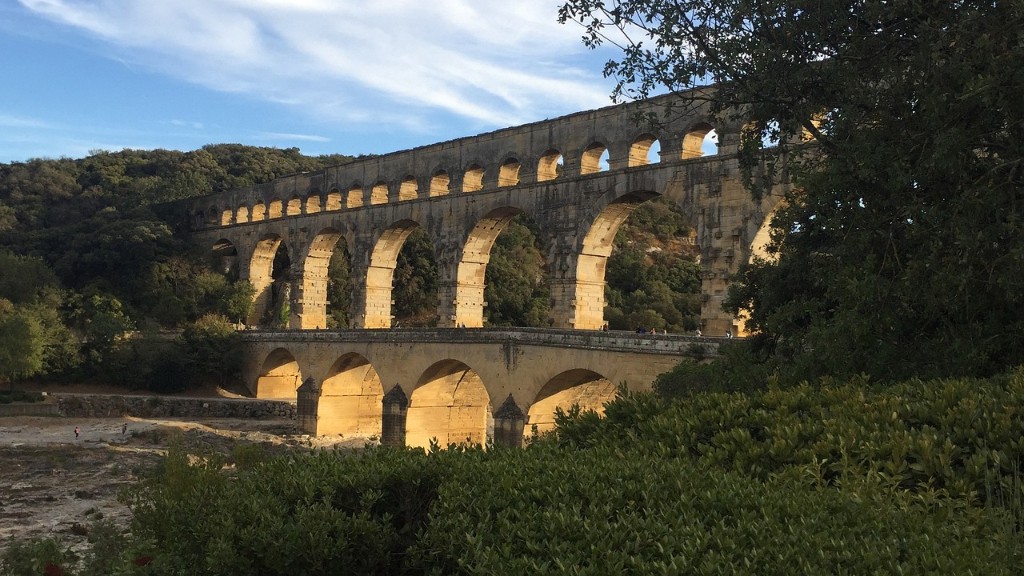Public Life in Ancient Rome
Throughout centuries, Rome served as the heart of one of the greatest ancient empires, allowing it to become a unique model for urban development and culture. As a city with one of the most advanced and complex social structures in the ancient world, the inhabitants of Roman cities enjoyed a range of impressive public spaces that served as the main hubs for social, civic and religious life.
Public life in Ancient Rome could be seen everywhere from the bustling streets to the impressive structures of the Forum Romanum. Throughout the city, there was much to do and many places to mix with the people of Rome. In a bustling metropolis such as Rome the vast majority of public life occurred on the streets, which were an ever-changing mixture of bustling craftsmen, merchants, and beggars.
As well as being a place for interacting with the public, Rome also had numerous forums where citizens could express their opinions and get together with their neighbours. These forums were found throughout the city and villages, and were usually intended to provide a space for citizens to come together to discuss various issues. They also provided a place to air grievances or come together to celebrate special occasions like religious festivals.
Another central part of public life in Ancient Rome was the theatre. Theatres, both large and small, were popular places to congregate, as they provided a space for people to watch and enjoy performances. The theatres often provided a space for people to speak their mind and acted as a type of forum. This provided an opportunity for people to discuss things that were not accepted in the broader public, such as homosexuality, politics, and other beliefs that were frowned upon by the more conservative sections of Roman society.
The most important and influential part of Roman public life was the Temple. This was a sacred place in the city, which was dedicated to the gods and goddesses of ancient Rome. Inside this temple, the citizens could join together and participate in various religious rituals and sacrifices. This was an integral part of public life in Ancient Rome, as it provided a form of collective expression to the people of the city.
The local market square was also another important part of Ancient Rome’s public life. This was a place where merchants, artisans, and craftsmen could meet up and chat about their wares and services. It was also an important part of Roman culture, as the market square provided a vibrant and lively atmosphere for people to socialize and mingle with each other.
Finally, Ancient Rome’s Colosseum was a popular gathering place for people of all social classes. Here, citizens of Rome were able to watch various forms of entertainment and sports, including gladiator fights and chariot races. The Colosseum was also a symbol of the Roman Empire’s strength and power, and was a popular spot for political meetings, public speeches, and other aspects of public life.
Religion in Public Life in Ancient Rome
Religion was an important part of public life in Ancient Rome, and temples were the most important and influential places in the city. Religion was seen as a way to connect with the gods and goddesses and to gain their protection. As such, there were numerous temples throughout the city dedicated to the Roman gods, many of which were decorated with ornate sculptures and art.
These temples were a central part of public life in Ancient Rome, as they provided a sense of unity and purpose to the citizens. It was here that people could come together and worship their gods before getting back to their daily work. Additionally, temples were often used as public meeting places to discuss important issues among the citizens. It was also here that people could receive advice and guidance from the gods or goddesses.
Religion was also a significant source of entertainment in Ancient Rome. Through various festivals and celebrations, the people of Rome could honor their gods in the form of spectacles, theatre, and other forms of entertainment. These religious celebrations allowed the citizens to gain a sense of community and social unity that was central to their public life.
Political Significance of Public Life in Ancient Rome
Public life in Ancient Rome was of great political importance. Firstly, it served as a place for citizens to meet, exchange ideas, and debate about certain topics. This served to inform the public about current events, people, and ideas, while also allowing them to form their own opinions and express their views.
The public forums were centerpieces of public life in Rome and allowed citizens to discuss complex ideas, engage with elections, and form political organizations. This was an important way to express discontent or give praise to the city’s leaders, which oftentimes influenced government decisions. In addition, political discourse among the citizens was an integral part of public life in Ancient Rome.
The Colosseum was also a popular gathering place for political meetings and public speeches alike. Here, the citizens of Rome could come together to enjoy entertainment, but also to express their opinions about current events and participate in public discourse. This also allowed citizens to learn more about the political landscape of Ancient Rome, as many of these events featured high-profile guests from all across the Roman Empire.
Social Aspects of Public Life in Ancient Rome
Rome was known to be the most cosmopolitan city in the ancient world, and its public spaces allowed its citizens to interact with people from all over the empire. With its bustling market squares, public forums, and theatres, Roman public life was an incredibly social affair.
The public forums of Ancient Rome were an important mechanism for connecting the people of Rome. They were a place where citizens could come together and discuss various topics, while also gaining an understanding of the city and its issues. This provided an opportunity for the citizens to enjoy their public life in a more social way, as opposed to the more politics-focused activity of the Colosseum.
At the local market square, citizens had the opportunity to mingle with people from all across the empire and sample different delicacies from the different regions of the Roman world. This provided an extensive social network and created a sense of community for its citizens. This was an invaluable part of public life in Ancient Rome, as it allowed people to come together, connect, and engage in meaningful conversations with people from a diversity of backgrounds.
Cultural Significance of Public Life in Ancient Rome
Public life in Ancient Rome had a major cultural significance. This was due in part to the temples, which were devoted to the gods and goddesses of the Roman pantheon. Here, the people of Rome were able to come together and take part in sacrifices and religious ceremonies. This provided them with a sense of unity and a shared purpose, as their collective efforts in favor of their gods and goddesses helped shape the city.
The theatres of Rome were also a key aspect of its public life, as they provided a space for people to come together, enjoy performances, and discuss social issues that were frowned upon in public. Here, people could experience a variety of entertainment, including plays and musicals, that gave a glimpse into the lives, and morals, of citizens of Ancient Rome. As such, these theatres helped to cultivate and shape Roman culture, while also providing citizens with a space to socialize and engage with one another.
Legal Implications of Public Life in Ancient Rome
Public life in Ancient Rome was closely linked to the city’s legal system. For example, the public forums served as a platform for citizens to address legal issues and raises concerns to the law courts. This provided citizens with a voice and a means to address their grievances and have them heard. The courts also had a say in the organization and administration of certain aspects of public life, such as the management of public spaces.
The temples were also extremely important from a legal perspective. As the highest places of justice in Rome, the temples were used to officiate legal proceedings and pass judgments. This provided citizens with a way to resolve disputes in a legal manner, and gave them a way to express their opinions and appeal to their gods for justice.
The Impact of Public Life in Ancient Rome
Public life in Ancient Rome had a tremendous impact on its citizens and its long-lasting legacy on urban development and modern culture. It provided the city with a sense of unity and solidarity, while also allowing people to interact with one another in a meaningful and respectful way. The public forums, temples, theatres, and other public spaces gave citizens a chance to participate in a variety of activities and engage in discourse, while also gaining an understanding of their culture and its customs.
Public life in Ancient Rome was also instrumental in forming and shaping the city’s legal system, aiding in the passage of legislation and allowing citizens to express their grievances to the courts. This provided an important platform for expressing opinions, speaking one’s mind, and allowing citizens to find justice.
Finally, the collective events and acts of worship in Ancient Rome’s public spaces allowed its citizens to connect with their gods and goddesses, while also obtaining their favor for a variety of purposes. This provided them with a sense of spiritual solace, while also helping to shape their cultural beliefs and values.
